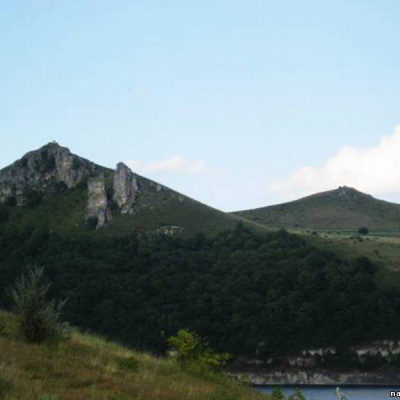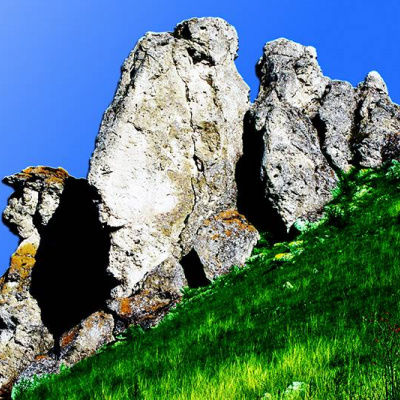Nahoryany
The village of Nahoryany is located on both banks of a steep ravine. At one end, it is adjacent to a pasture that stretches to the Dniester, surrounded by high stone cliffs. If these rocks could talk, we would hear many different stories about the brave and strong people who live in this village. That is why the village of Nahoryany is called "the village on top".
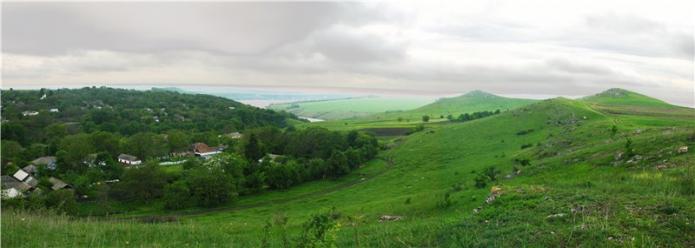
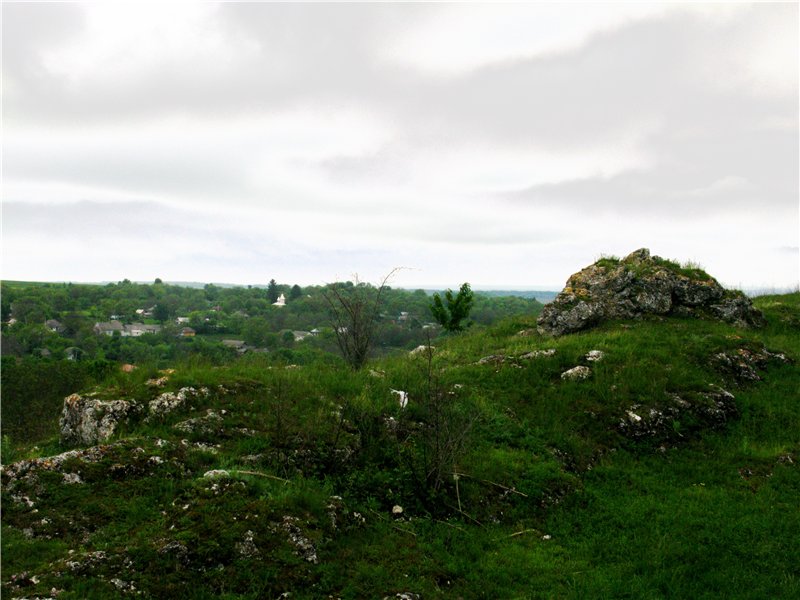
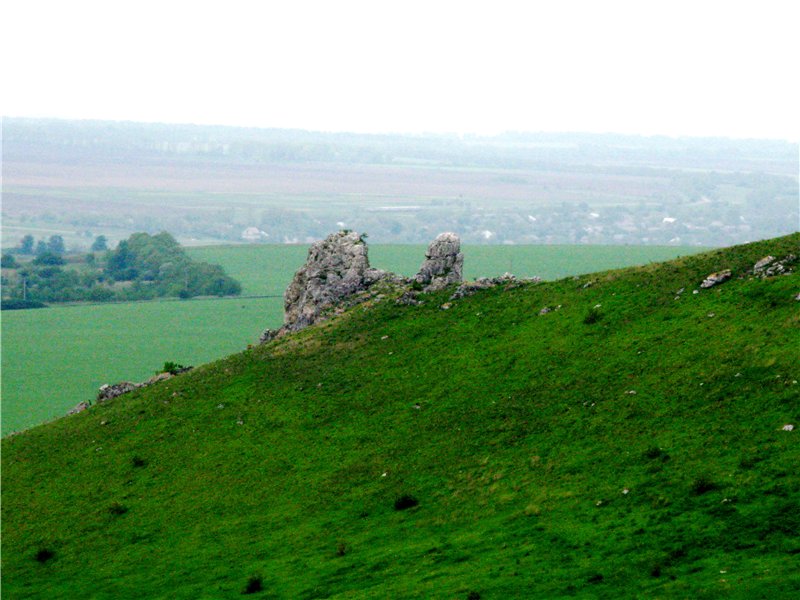
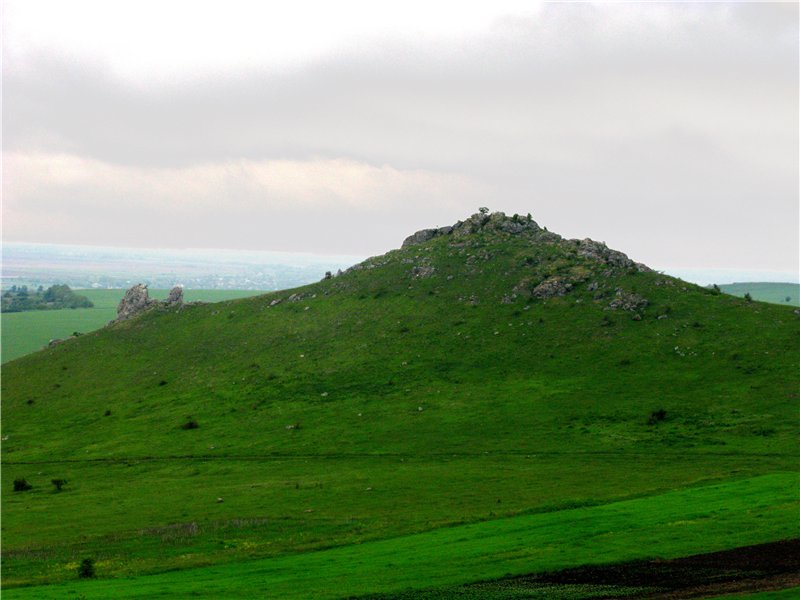
Take the time and fuel to explore the banks of the Dniester in Kelmenets region from the opposite, Podillia side. To see this beauty, you need to go through Kamianets-Podilskyi to the village of Vrublivtsi and drive south for a couple more kilometers. On the opposite side are the Nahoryany. It is from here that the Shyshky hills and numerous stone blocks can be seen in their full glory!
Many artists were born in the village, and there are burials of lords who are hidden under a cross on the mountain. Some people say that there is gold in the crypt, but those who tried to find it never returned. The settlement on the high remnant of the right bank of the Dniester has a platform (20 m in diameter) bounded by ramparts and escarpments along the edge of the promontory and on the floor side. Ceramics of the 9th and 11th and 12th centuries were found. Some researchers consider it to be sacred.
The small village of Nahoryany is the center of folk carpet weaving in all of Bukovyna. The only museum of carpet weaving in the region, which dates back to the 30s of the twentieth century, operates here. Back then, a resident of the village, Andrii Kytaihorodskyi, opened a cloth mill in Nahoryany. Today, the amulet of the estate-museum is Victoria Kitayhorodska, who has conveyed many secrets of creating patterned carpets throughout her life to the present day.
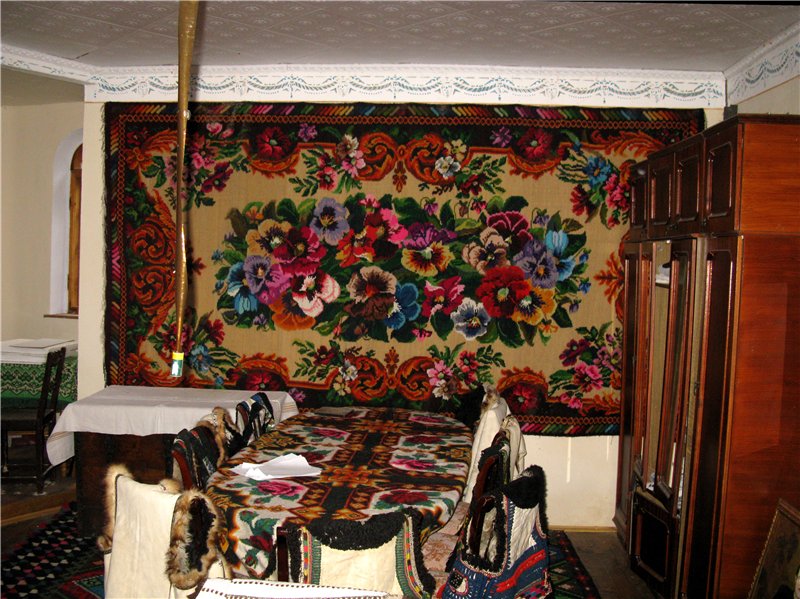

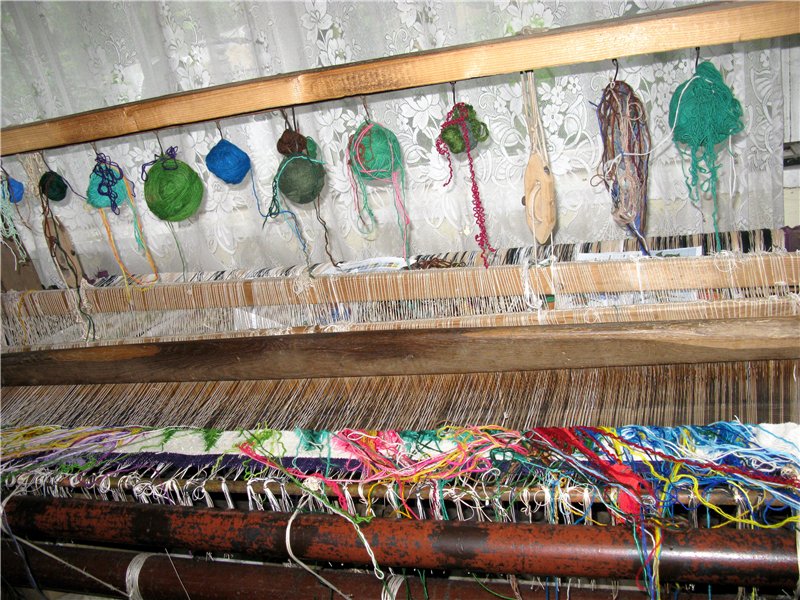
During the Turkish rule, a man lived in the village. One day he brought rye from the field, unharnessed the horses from the cart and let them graze in the pasture, and he began to thresh the rye. At that time, a Turk was passing by the pasture. His horse was a meek and nondescript one. When he saw the beautiful horses grazing in the pasture, he decided to "trade" his dull horse for a couple of bay horses. Having quickly mounted one of them, the Turk was about to spur him on when he gave an alarming whinny. The owner heard his horse's whinnying and rushed to the paddock with the chain. When he saw the Turk on the horse, he swung the chain so hard that it fell to the ground like a pear. That's why old people still say when it comes to the pasture: "Where our husband killed the Turk."

